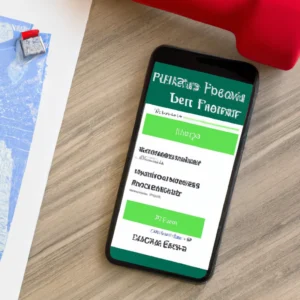Foster Inclusion in Online Group Interactions
Exploring Cultural Differences in Online Group Training Interactions
Online group training connects individuals from diverse cultures. Technology enables remote learning for organizations and educational institutions. However, cultural differences affect group interactions. Understanding these differences fosters effective communication and collaboration. This post explores how cultural nuances impact online training and offers tips for navigating them.
Understanding Cultural Differences
Cultural differences influence communication and interaction in group settings. Some cultures favor direct communication, while others rely on indirect methods. This divergence can lead to misunderstandings during online training.
Cultural backgrounds also shape attitudes toward hierarchy and authority. In hierarchical cultures, participants may defer to authority figures. In contrast, egalitarian cultures encourage open dialogue and active participation. Facilitators must recognize these dynamics to create inclusive environments.
The Role of Non-Verbal Communication
Non-verbal communication varies widely across cultures. Gestures, facial expressions, and body language convey different meanings. For example, eye contact may signal confidence in some cultures but disrespect in others. Personal space preferences also differ; some cultures prefer closeness while others require distance. Facilitators should consider these non-verbal cues to enhance group dynamics.
Tips for Effective Communication
1. **Encourage Open Dialogue**
Promote open dialogue from the outset to create comfort. Use icebreakers or introductory activities for participants to establish rapport. This strategy reduces anxiety and fosters belonging, encouraging individuals to share their ideas.
2. **Be Mindful of Language Barriers**
Language differences can hinder online training. Use simple language and avoid jargon to aid non-native speakers. Provide written materials or transcripts to ensure understanding. Encourage participants to ask questions for clarity.
3. **Acknowledge Cultural Norms**
Each culture has unique communication norms. Understanding these enhances group interactions. Some cultures rely on gestures while others focus on verbal communication. Awareness of these differences helps facilitators navigate interactions effectively.
Conclusion
Understanding cultural differences enhances online group training interactions. Active communication fosters inclusivity and collaboration. By recognizing these nuances, facilitators can create more effective learning environments.
Below are related products based on this post:
FAQ
What are some common cultural differences that impact online group training interactions?
Cultural differences can significantly influence communication styles and group dynamics. For instance, some cultures favor direct communication, while others may prefer more indirect methods. Additionally, attitudes toward hierarchy can vary, with some cultures deferring to authority figures, whereas others encourage open dialogue and participation. Understanding these differences is crucial for effective group interactions.
How can facilitators improve communication in a culturally diverse online training environment?
Facilitators can enhance communication by encouraging open dialogue from the beginning, using icebreakers to help participants feel comfortable. Being mindful of language barriers is also important; using simple language and providing written materials can aid understanding. Furthermore, acknowledging and respecting cultural norms related to communication can help create an inclusive atmosphere.
Why is non-verbal communication important in online group training?
Non-verbal communication plays a vital role in conveying messages across different cultures. Gestures, facial expressions, and body language can have varied meanings depending on cultural context. For example, eye contact might indicate confidence in some cultures but can be perceived as disrespectful in others. Being aware of these non-verbal cues allows facilitators to navigate interactions more effectively, fostering better understanding and collaboration among participants.















Post Comment